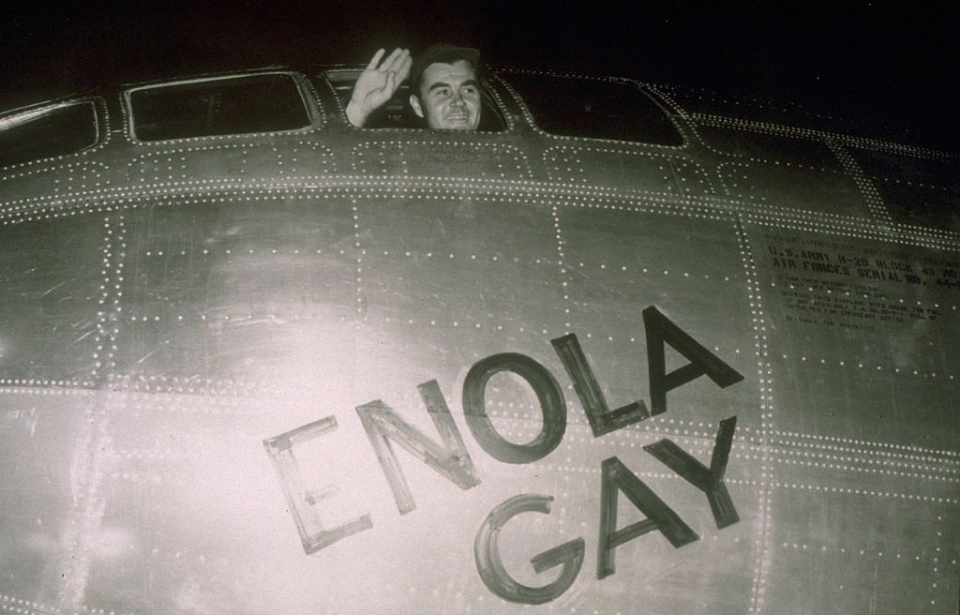Paul Tibbets enlists with the US Army Air Corps
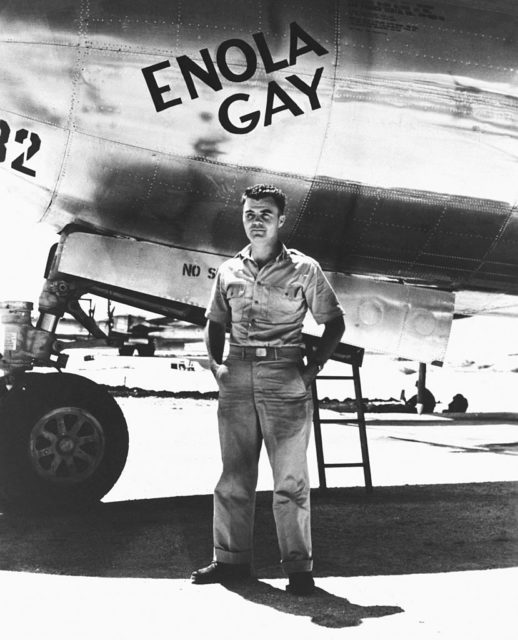
Paul Tibbets was an abdominal surgeon before joining the US Army Air Corps (USAAC). Originally signed up for three years, he earned his pilot wings in 1938 and chose to continue active duty upon the outbreak of World War II. While renowned for his service in the Pacific Theater, Tibbets initially participated in bombing missions in North Africa and France. Notably, he served as Gen. George Patton‘s personal pilot from 1940-41.
He was a test pilot for the Boeing B-29 Superfortress
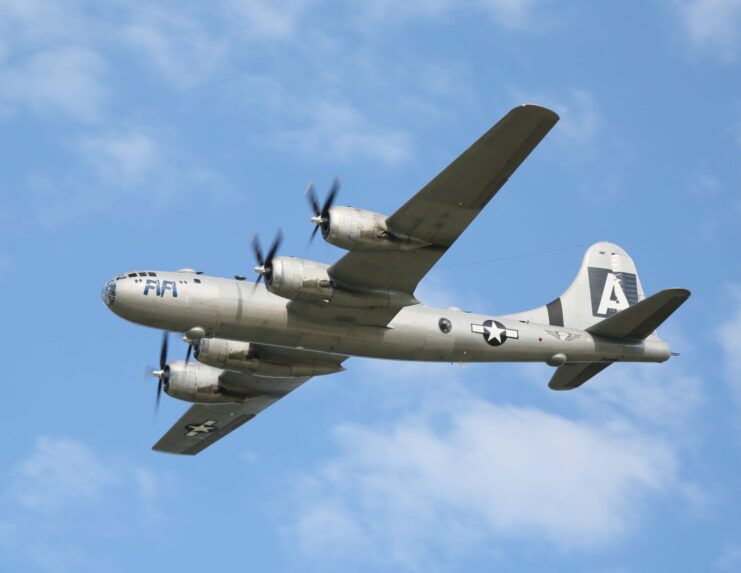
In the autumn of 1943, Tibbets was called back to serve as a test pilot during the development of the Boeing B-29 Superfortress. He discovered that, by removing armor plating and armaments, the bomber became 7,000 pounds lighter and performed better. After a year, he was assigned to retrain other pilots in the 17th Bombardment Operational Training Wing (Very Heavy).
In 1944, Tibbets was appointed to lead the 509th Composite Group, which was tasked with the training and deployment of atomic bombs from B-29s.
Bombing of Hiroshima
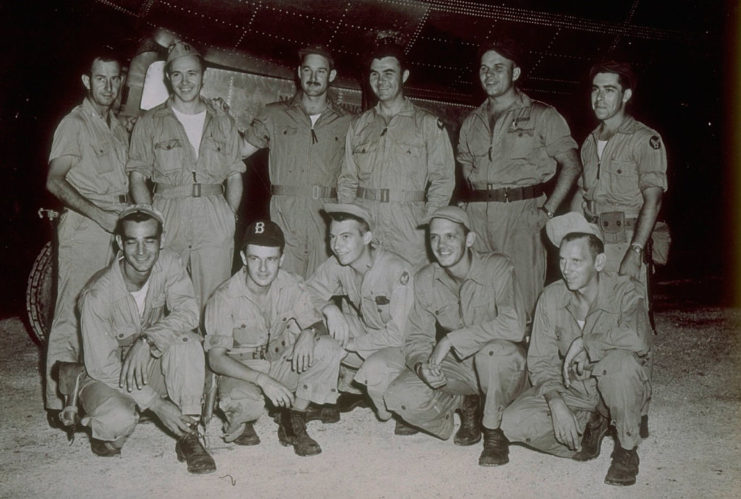
In May of 1945, Paul Tibbets and his men were reassigned to Tinian, where they conducted traditional bombing raids against Japanese-held islands while also training with atomic bomb prototypes. When the 509th received authorization to bomb Japan, Tibbets assumed the role of pilot of the bomber slated to drop Little Boy, the codename for the bomb dropped on Hiroshima. He named the aircraft Enola Gay, in honor of his mother.
Dropping Little Boy
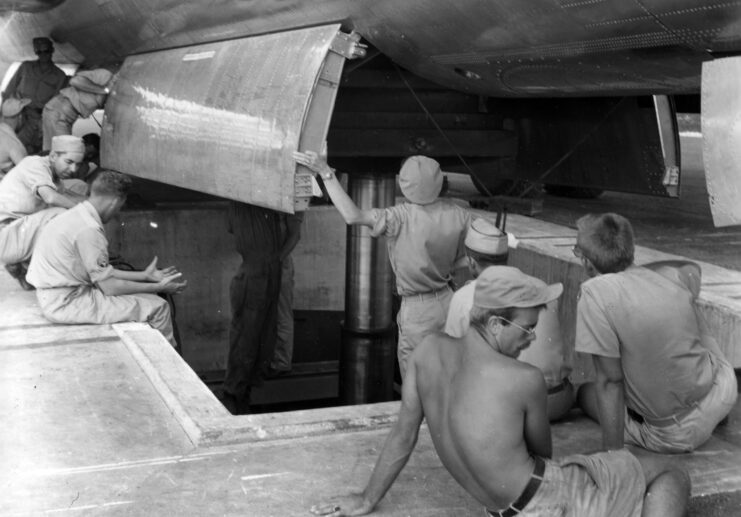
With his crew and accompanied by two observation aircrafts, Tibbets, embarked on the mission on August 6, 1945, and successfully dropped Little Boy on Hiroshima. Reflecting on the bombing, Tibbets recounted that a mushroom cloud immediately shrouded the Japanese city after Little Boy detonated.
Although some crew members participated in subsequent missions to drop the second atomic bomb, Fat Man, on Nagasaki, Tibbets did not join them. Nevertheless, he became the first person in history to deploy an atomic weapon against an enemy city.
Paul Tibbets returns home as a war hero
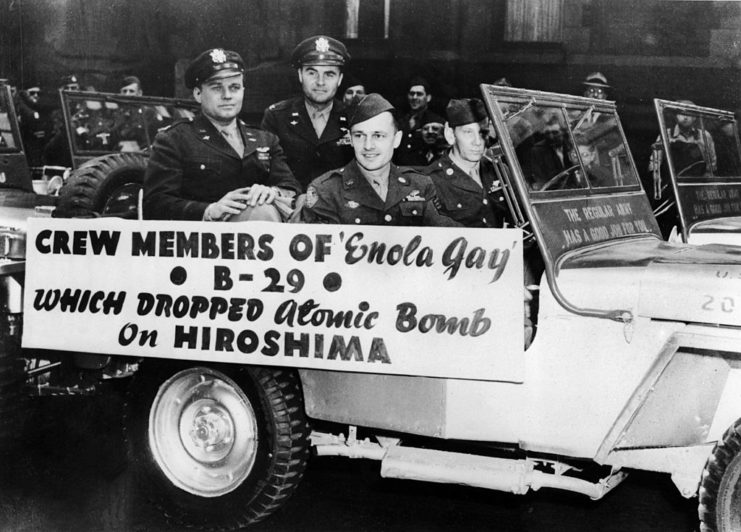
Paul Tibbets emerged as a national hero at the conclusion of the war, earning recognition with the Distinguished Service Cross for his service abroad. His notable achievements led to an invitation from President Harry Truman to visit the White House. In 1976, he participated in a re-enactment of the bombing of Hiroshima at the Harlingen, Texasairshow, though this was met with disapproval from the Japanese. Tibbets said it “was not intended to insult anybody,” prompting an apology from the US government.
In recent times, there has been ongoing debate regarding the ethical implications of employing atomic bombs. Despite this, Tibbets remained resolute in his belief that it was the necessary course of action. He wasn’t proud of the loss of lives, he found solace in the resolution the plan brought to the conflict. These convictions, opposing nuclear weapons and warfare, influenced Tibbets decision for his final resting place.
Paul Tibbets’ final resting place
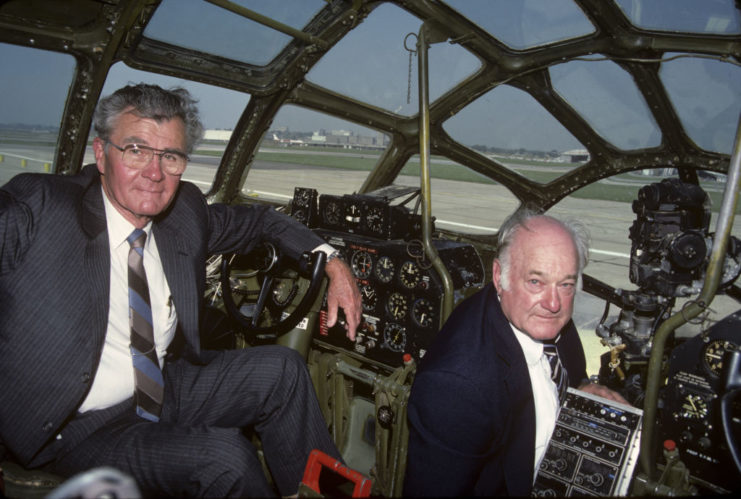
Paul Tibbets’ health was in decline for months prior to his death. During this time, he made it clear that he didn’t want to have a grave or funeral. He was concerned his plot would be used as a place of protest by those who were against America’s actions in Japan and/or against nuclear weapons. He was also concerned it would be desecrated.
Want War History Online‘s content sent directly to your inbox? Sign up for our newsletter here!
Instead of a formal grave, Tibbets asked that he be cremated and his ashes scattered over the English Channel. He chose that spot because he’d flown over it many times during the war. After his death on November 1, 2007, at the age of 92, his wishes were honored and his ashes scattered by his family.
